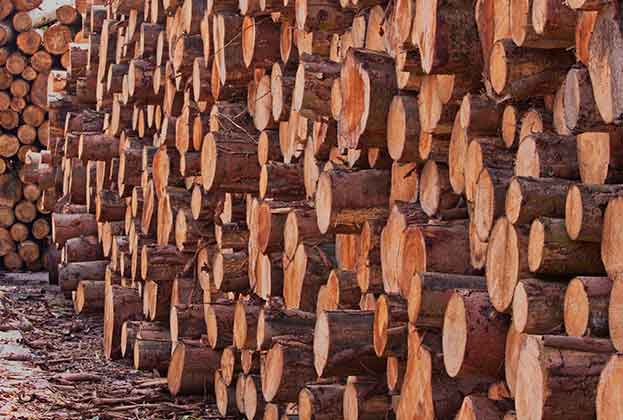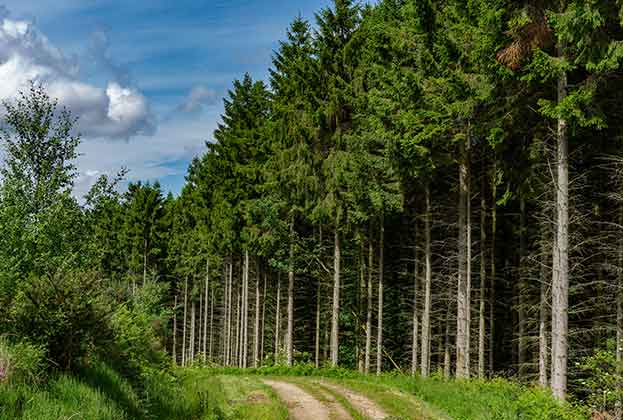To ensure that existing and future forests and woodlands are fit for purpose, we need to understand and plan what tree species are planted, where and importantly, what for
Planning for long-term success
The mantra of “right tree, right place” remains critical, but in this year’s Spotlight, we argue that a better understanding of “right tree, right place for the right outcome” is required to ensure that our existing and future forests and woodlands are fit for purpose.
Historically, forestry’s appeal as an asset class is mainly related to the income potential from timber harvesting and capital appreciation of the property, both in a tax-efficient environment. More recently, a considerable amount of activity in the sector is tied into the important role trees play in combating climate change, along with their benefits to society and other environmental contributions. However, is this beginning to come at the expense of the long-term drivers and economic needs for timber supply? And what practical solutions are there to ensure that our short-term ambitions don’t hamper our long-term needs?
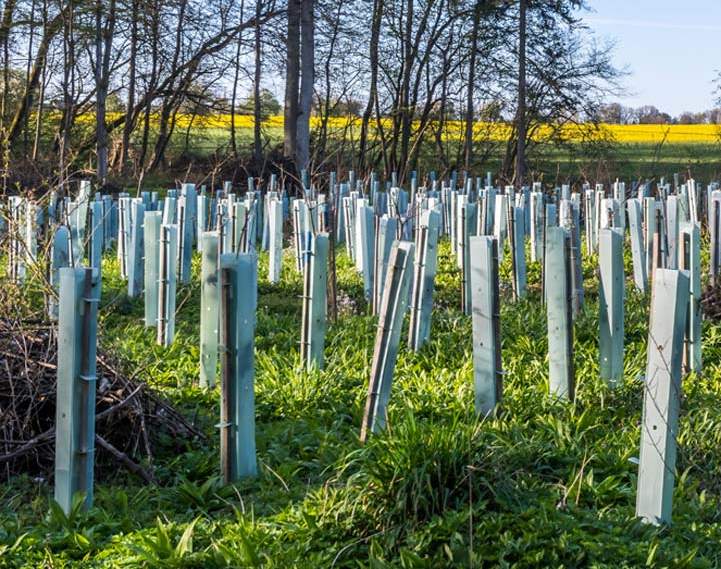
Managing expectations
Much has been made of the devolved governments’ ambitious tree-planting targets as part of the net zero challenge and the mounting interest from institutional investors for land for tree planting. This interest in afforestation is courting controversy partly because it focuses largely on sequestering carbon to combat climate change. Understandably, communities impacted by the government’s land-use change ambitions are questioning whether this is setting an uneven playing field in the land-use debate.
Our research shows that newer woodlands (0–20 years) have on average 15% less productive area than older woodlands (60–80 years)
Nicola Buckingham, Associate Director, Rural Research
In order to mitigate the impact of potential land-use change, compromises are being made to woodland design guidance that seek to be “all things to all people”. This is happening without much thought about the long-term productivity of the woodland being created. Our research shows that newer woodlands (0–20 years) have on average 15% less productive area than older woodlands (60–80 years), and not all of this loss of productivity is down to land quality. Schemes can almost resemble wooded parkland, rather than woodland with designed open space.
The UK has a very well-developed design framework delivered through the Woodland Assurance Standard (UKWAS). This gives minimum components for open space and diversity of species to promote biodiversity and the wider environmental benefits of woodland. Current policy states a minimum area of designed open space; however, physical and other constraints also dictate where trees can be planted. Other land – for example, deep peat or a scheduled monument – will reduce the planting area. However, increasingly, consultation with stakeholders over a wide range of issues is heavily impacting the proportion of a site that can be planted. While much of this is laudable in the short term, it does risk compromising the integrity of the woodland assets being created and delivering questionable long-term benefits, as the protected interests often change over time.
Consider the long-term outcomes
Land use decisions are complex, but the current focus on the environmental risks the creation of a generation of woodlands that suffer from lost opportunity. Short-term decisions to preserve existing biodiversity fail to account for the lack of future income associated with it or its viability as woodland within the changed landscape. Our analysis shows that the non-productive parts of woodlands are now valued at around one-fifth of the productive parts of the woodland.
To give an example, a 100-hectare woodland could have 75 hectares of productive timber and 25 hectares unproductive trees and open land for biodiversity to be UKWAS compliant, but the same area with 50 hectares of timber and 50 hectares of unproductive would see income fall by a third, with no significant additional environmental value created from the 100% larger unproductive area. It also means the actual land required to meet the government’s new planting targets (30,000 hectares to be planted annually) will far exceed the area planted with trees; for instance, if 25% of the land required is unproductive, to plant 30,000 hectares requires an additional 7,500 hectares per annum taken out of alternative management systems, mainly for essential food.
Government policy
The government could step in here to develop payments that recognised the long-term value to society of the ecosystem services that non-productive spaces provide (in water, air, access and biodiversity). They could also develop a clearer offset system to recognise the opportunities from woodland creation. The more that these values can be monetised and made to be enduring (see chart, below), the more viable woodland creation will be.
In a country where land-use change is under increasing scrutiny and land availability is finite, it is imperative that we make the most out of the land. In some instances that will require a decision in favour of one use, that may be at the detriment of another. A clearer woodland creation hierarchy that considers the full lifetime value of the forest would assist here. Ultimately, policy should be driving a balanced approach that leads to the right tree, in the right place, with the right outcome, enabling truly long-term sustainability.
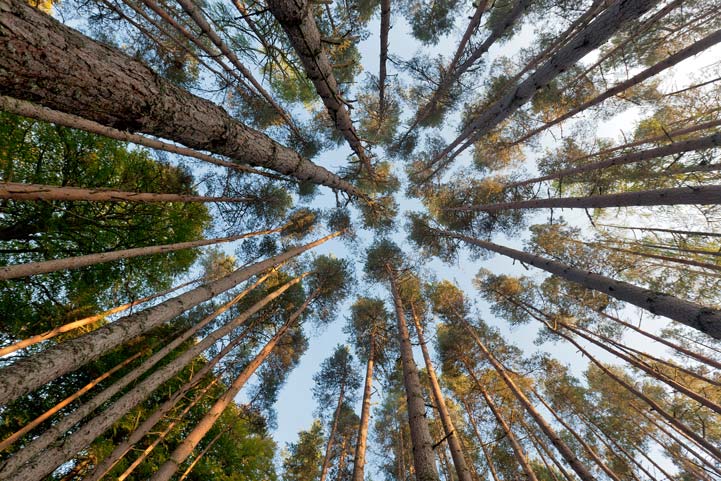
The carbon problem
Carbon payments are an increasingly interesting mechanism to provide income from new woodland, but they will only be available while the woodland is growing and not when it has reached maturity. Also, the sale of units comes with conditionality to the seller, in terms of the requirement to maintain the woodland, etc. This limits the appeal of carbon, as it could inhibit future flexibility. To address this, carbon income could be made to be enduring by developing carbon-accredited timber markets, enabling further growth and sales of carbon from woodland.
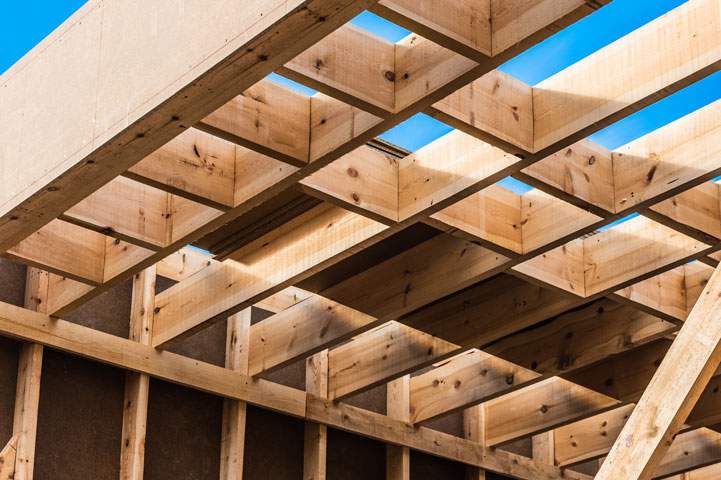
Could homeowners be paid to store carbon?
Timber used in construction provides a vital store of carbon and its technical readiness is unquestionable. Locking carbon away in buildings provides an easy and immediate carbon capture and storage solution, unlike biomass or air capture systems, which are a decade or more from deployment. Carbon investors could look to incentivise homeowners and developers to store carbon offsets, creating valuable markets for timber products in the process.
Read the articles within The Forestry Market below.
.jpg)
